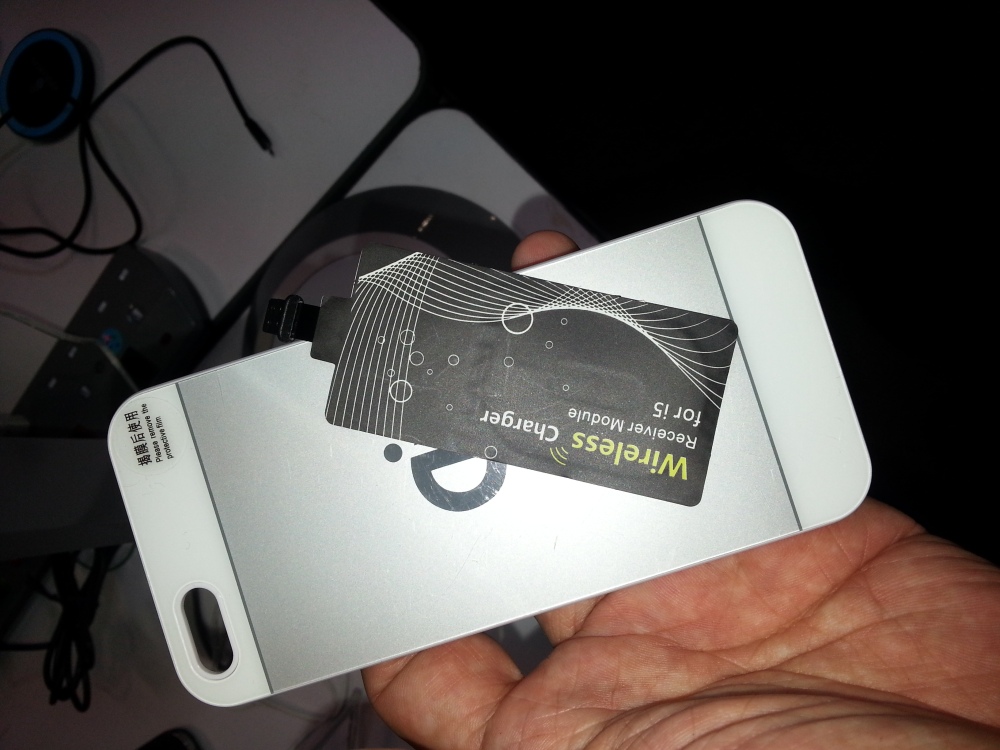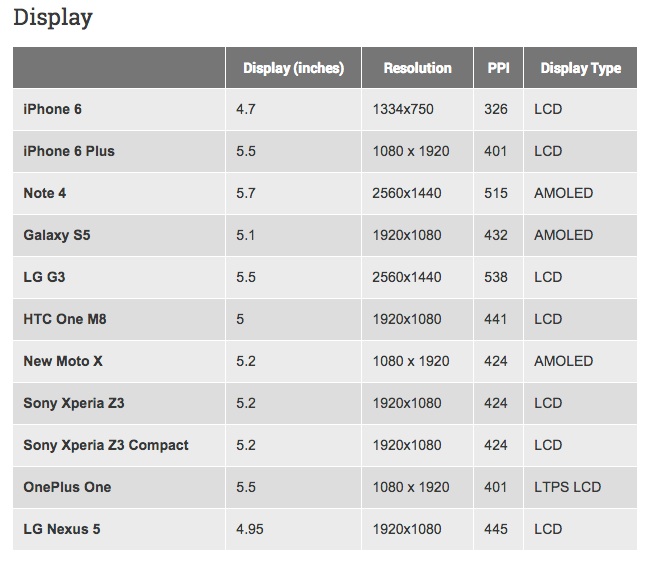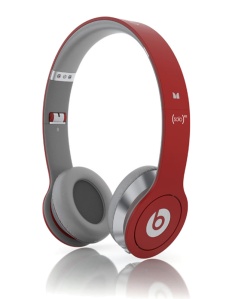
Bloated Battery from Samsung, an original battery that has given up its life in less than 18 months. The left battery is a third party battery
So you have heard that Yuasa, the li-ion battery maker for Boeing’s Dreamliner start to give problems, the whole fleet of plans had to be grounded.
You might think that such battery failure is rare but the truth is that it is more common than imagined because Li-ion batteries are one of the most volatile when used incorrectly. For mobile devices, it is the same as something has got to give when you have a power hungry device so here’s the deal. The battery in your Android and iPhone are never made to last more than 18 months. I got a brand new iPod Touch 5G which went kaput within four months of intense use. The end result was a brand new replacement.
My GN wasn’t so fortunate. After 14 months of use. It decided to die on me. This was the original GN battery from Samsung that gave way, to it goes to show that even if you buy branded, chances are that it will eventually fail.
Then my Blackberry Bold failed, battery was a third party product but a high capacity charged version. So that said, I am no stranger to battery failure.
Why Li-ions Fail
There are really just two reason. Over charging and excess HEAT. These are the two main culprits. So lets deal with the first one. Overcharging is very easy to do. This is when you leave the device running while charging at the same time. I know you can’t deal with the fact that your Facebook notifications goes unread during the hours you are fast asleep but heck, you are running down your battery at the same time.
What are Heat Problems
Remember the time I told you that my GN had battery problems because it was running the background apps over and over without stopping? That cause the device to run really hot, contributing to the overall overheating of the whole unit.
Viruses on Android are also contributing factor when you suddenly find out that the battery you have is draining exceptionally quick after a full charge.
Bad apps, such as those found on both iOS and Android contribute to the demise of your battery when the app goes OCD by checking and reconnecting for notification updates.
Proper Battery Maintenance
This new finding has also proven that Li-ion Batteries have Memory Effect. This means that the myth that your new Li-ion battery is immune to charge related problems is now busted. You need to maintain your battery to ensure a longer life.
1. Discharge your Battery completely ONCE a month
This is something many of you refuse to do. By discharging your battery completely once a month, you are allowing your battery gauge to recalibrate. Do not do this more than once a month as the recommended discharge recalibration is once every 30 charges. So if you happen to charge your device once a day, then remember to discharge you battery completely once every 30 days.
2. Stop Running Hot
Never allow your device to run hot as this affects your battery performance. One of the key problems is bad apps and not properly closing games or other apps that stay awake. For example some online games will not allow your device to go into a sleep state. Once in stasis mode, even when the game is not actively running, the battery is consumed as the display is always on. Another problem is related to viruses on the Android platform. If you suspect you have downloaded a bug, just get a virus eradicator like the one from Avast, which will help you stamp out the rogue app that is causing this.
3. Getting a Full Charge versus Partial Charge
If you have charged up your device, then take it out of the charger. Never leave it running as a way to maintain a full charge state. There is this article on Li-ion batteries that you should read. And I quote it here.
Li-ion does not need to be fully charged, as is the case with lead acid, nor is it desirable to do so. In fact, it is better not to fully charge, because high voltages stresses the battery. Choosing a lower voltage threshold, or eliminating the saturation charge altogether, prolongs battery life but this reduces the runtime. Since the consumer market promotes maximum runtime, these chargers go for maximum capacity rather than extended service life.
Forget about what you read about the cut off charge in Li-ion batteries, that too is a myth. There is a trickle charge that makes sure the battery stays on maximum capacity and this stresses the battery out. So leaving your battery in a charger is never good.
4. Turn Off the Device when Charging
This is to prevent the charger from sending out a trickle charge as a way to top off the battery’s optimum capacity. This might be a hinderance to iPhone or HTC owners who have no access to the battery to allow for some kind of swapping. This continuous charge to top off the capacity is what stresses the battery out. So if you are wondering why your battery isn’t giving you the hours you expect from it, well now you know.
5. Never charge at a higher Voltage
Some devices have built in detectors to monitor the correct voltage input before it allows the device to be charged. This is not a bad thing as some third party chargers promise higher voltage charges just to decrease the amount of charge time at the expense of your battery. If you have a device that doesn’t have such a circuit, then you are pretty much in trouble if you use a third party charger.
I have noticed that my ASUS transformer and iPod Touch won’t charge with just ANY USB charger, meaning they have built in a monitoring circuit to ensure you only use a charger that conforms to the device battery. By charging at a higher voltage, chances are you are damaging your battery by stressing it out. This is what happens when your battery gets bloated like the one in the picture.
Conclusion
All Li-ion batteries have a shelf life. Most of them won’t last more than 400 to 500 cycles of charging, which is good for about a year’s use. Taking into account that you need to charge your battery once a day, that’s 365 times in a year. By taking the correct precautions, you could extend your battery life a bit more than that. For those who are stuck on devices that won’t allow you to swap batteries, fret not. Take out an insurance cover that gives you free maintenance should your device ever break down due to battery related problems. Not all insurance covers are the same as some don’t cover the battery so please remember to read between the lines.



























